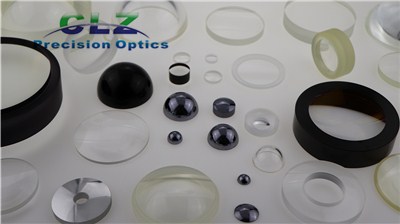Imaging Spectrometry
Spectral imaging technology makes full use of the material's absorption or radiation of different electromagnetic spectra. On the basis of ordinary two-dimensional space imaging, one-dimensional spectral information is added to it. Spectral imaging technology is used for the detection of ground objects, including water quality exploring, atmospheric exploring, ecological environment exploring, medicine and military.
Divided according to the principle of spectroscopy, Imaging spectroscopy can be divided into three types: dispersion type, filter type and interference type. Due to different spectroscopic principles, the optical elements used in each spectrometer are also different. Generally, spectrometers may use lenses, prisms, filters, mirrors, gratings, wave plates, and other optical components.
Dispersive spectroscopy mainly includes prism beam splitting and grating beam splitting. They respectively use the dispersion of prisms and the diffraction of gratings to directly obtain the spectrum of the target.
Filtering spectroscopy uses a variety of filters as the spectroscopic devices, such as linear filters, wedge filters and others. After filtering through the filter, each frame of the image obtained by the detector is a quasi-monochromatic image. The complete "data cube" is obtained by changing the filter or tuning the filter.
Interference spectroscopy obtains the spectral information by detecting the interferogram of the target and calculating by Fourier transform. Lenses, cylindrical lenses, mirrors and wave plates may be used in interference spectroscopy.
CLZ Precision Optics offers optical lenses, optical prisms, optical windows, optical mirrors, optical domes and other optical elements as your requirements.

评论
发表评论